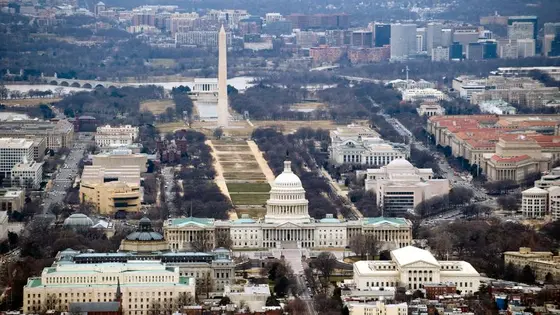T4K3.news
DC crime data under scrutiny
Analysts break down how Washington DC crime data is read amid political debates and data questions.

A nuanced look at how crime statistics are interpreted in Washington DC amid political rhetoric and questions about data accuracy.
DC crime data under scrutiny as officials clash on safety figures
DC crime numbers are in the spotlight as federal and local leaders trade arguments over safety. The White House says crime is out of control and points to 2024 homicide rates around 25 per 100,000 residents, nearly doubling the level from 2012. Mayor Muriel Bowser counters that violent crime is at a 30-year low overall, noting a spike in 2023 followed by improvement.
Key Takeaways
"The bottom line is this: Yes, D.C. has a chronic violent crime problem, but it's not nearly the worst in the United States and it's gotten significantly better over the past two years."
Thomas Abt on long term trends in violence
"Crime data is a map, not the terrain."
Editorial takeaway on data interpretation
"If you set the time frame, you set the truth."
Analyst on the impact of time windows
"Perception shapes policy as much as statistics."
Policy expert on how data drives decisions
The article shows crime data is not neutral. Numbers can be used to defend policy or attack rivals, depending on who presents them and when. This is how data becomes political leverage and public perception follows.
Highlights
- Crime data is a map, not the terrain.
- If you set the time frame, you set the truth.
- Numbers can be accurate and still mislead without context.
- Perception shapes policy as much as statistics.
DC crime data politics risk
The piece engages political tensions around a federal crime emergency and raises data integrity questions, creating potential backlash and affecting public trust.
Public discussion should be grounded in context as crime data evolves.
Enjoyed this? Let your friends know!
Related News

Smithsonian review ordered by White House

DC crackdown tests limits of local policing

Trump expands DC authority amid Gaza journalist deaths

Capitol presence links Trump pick to January 6

Washington crime data under scrutiny

Federal DC presence under scrutiny

National Guard in DC raises sharp questions

DC policing crackdown announced
